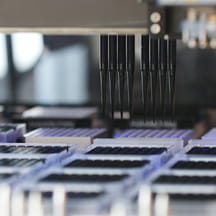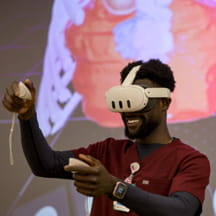I was not actually supposed to leave Japan. My family expected me, as its first son, to follow tradition, stay home and someday replace my father as head of the household. I planned to spend only a couple of years at St. Jude Children’s Research Hospital before returning to my home in the Kii Mountains, but this place has been hard to leave.
My famous samurai ancestor, Yoshimichi Inaba, was born in 1515 and died in 1589, but he still works with his samurai lord today as a video game character. I represent the 17th generation of my branch of the Inaba lineage, and I also lead the 17th iteration of the St. Jude Total Therapy protocol investigating treatments for acute lymphoblastic leukemia (ALL) and lymphoma. The two “17s” are a coincidence, although my heritage and my work have a few things in common. The philosophy behind the samurai way of life, known as bushido, is meaningful in Japan.
The virtues of bushido
As a pediatric oncologist, I have found three bushido virtues to be helpful guides in my clinical practice:
Courage. The true warriors in our struggle with cancer are the patients and families. They are the leaders while we are their helpers. My patients have displayed courage that would have made Yoshimichi proud—or cautious, if he were confronted by an opponent displaying such courage.
Honesty. The relationship between a patient and a physician is based on trust. In a difficult case, I want to be honest. Before going to families to explain a difficult situation, I try to propose a positive course. Everybody reacts to difficult situations in different ways.
Benevolence. This concept was about showing mercy to people under a ruler or commander’s control and sympathy for anyone who is suffering or less fortunate. I do my best to focus on how a family is doing, socially and mentally, and how we can help.
A new order of battle
Total Therapy 17 is the 17th iteration of the St. Jude Total Therapy clinical trial, which began in 1962. Through previous trials, we learned how individual children respond to leukemia medications. To reduce toxicity and the risk of adverse effects, we select doses and medications tailored for each child. Every child in the trial undergoes genomic testing of normal tissue and leukemia cells to target the therapy.
The leukemia-cell data can identify abnormal mutations that may be targetable by new drugs. If the patient does not respond to treatment, we can add those agents to a therapy to improve the responses. My fight includes working with researchers, clinicians and companies with new tools we can bring to the fight. We are seeing a 94% survival rate, but we want to go to 100%. There is a way to get there. We have many things to do.


